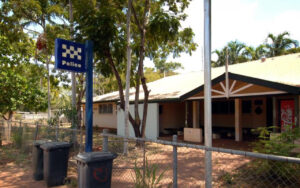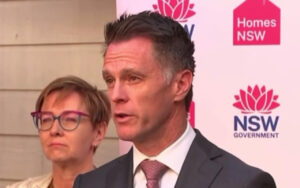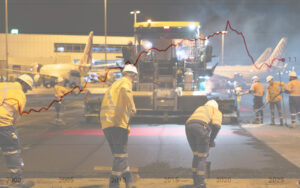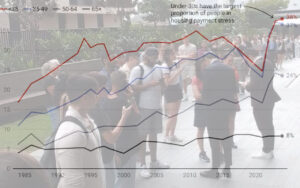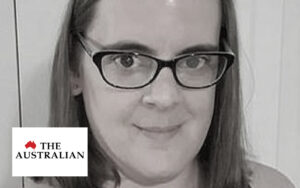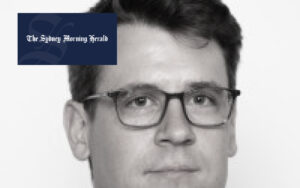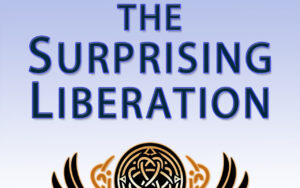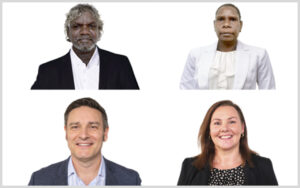Australia is suffering from a youth mental health crisis, with the number of psychiatric medication prescriptions for children skyrocketing over the past decade.
Health Department data on annual prescription rates for under 18s between 2013 and 2023 provided to ABC News shows huge increases in the use of stimulants and antidepressants, which doctors say is due to a significant increase in mental illness in young people.
The antidepressant prescription rate is up 165% since 2013, but use of Selective Serotonin Reuptake Inhibitors (SSRIs) is up more than 300%.
Stimulant use – mainly for the treatment of ADHD – nearly quadrupled, prescriptions for antipsychotic medications were up 37%, anti-anxiety medication use is at roughly the same rate, and the prescription rate for sedatives and sleep aids halved.
The data does not reveal how many children are taking each medication.
The Department of Health and Aged Care said that antidepressant use has been increasing for the past three decades, in part due to SSRIs being made more available for conditions other than depression, such as anxiety, panic disorder and OCD.
The increase in antipsychotic prescriptions coincides with a rise in youth autism diagnoses, the department said, adding that changed diagnostic criteria could be responsible.
The autism surge has also been linked to Australia’s National Disability Insurance Scheme where financial incentives have resulted in 12% of boys and 6% of girls aged between 5 and 7 now participating.
Psychiatrist and professor of youth mental health at Melbourne University Patrick McGorry said: “We’ve seen a very substantial increase in mental illness in young people over the last 15 years.
“So if you’re not seeing increases in not just medications, but in access to psychological therapies during during this period, then there’s something wrong.”
But paediatrician and clinical researcher at the Murdoch Children’s Research Institute Harriet Hiscock said the increase in the prescription rate could also be explained by more parents and children feeling that it is okay to seek help.
“There’s less stigma in that teenage group because it’s becoming more socially acceptable,” she said.
“I think people are coming forward for help in a way they didn’t do before.”
Australian Bureau of Statistics data from July showed that 21.4% of the population is now officially disabled, with autism up 41.8% since 2018.
Of the 5.5 million disabled Australians, 24.7% suffered from a mental or behavioural disorder.
“The most common mental and behavioural disorders were psychological development, behavioural, cognitive and emotional conditions (9.4%), such as Autism spectrum disorders and Attention Deficit Hyperactivity Disorder (ADHD), an increase from 6.9% in 2018,” the ABS said.
Next were “anxiety disorders (7.4%), such as generalised anxiety, phobias, panic attacks, obsessive compulsive disorders, and post-traumatic stress disorder, an increase from 6.1% in 2018”.
In 2022 there were 290,000 Australians with autism (1.1%), a 41.8% increase from the 205,200 (0.8%) with the condition in 2018. 91.4% of people with autism were disabled, up from 88% in 2018, and 73% reported a profound or severe disability.



